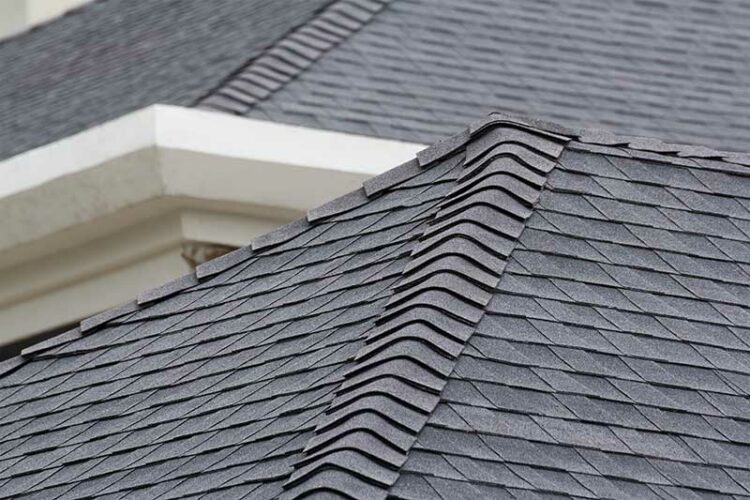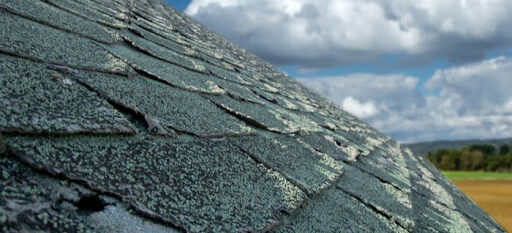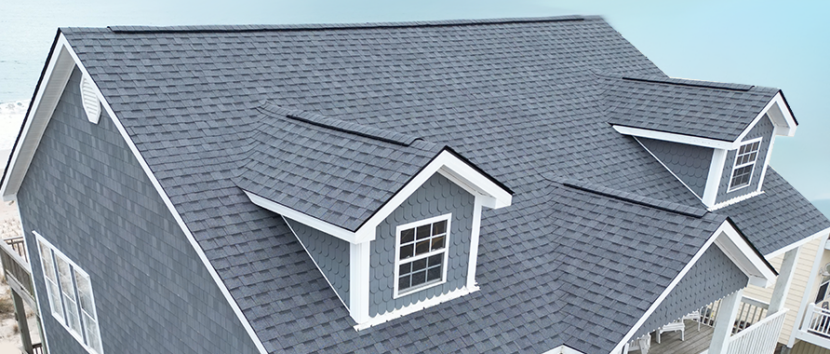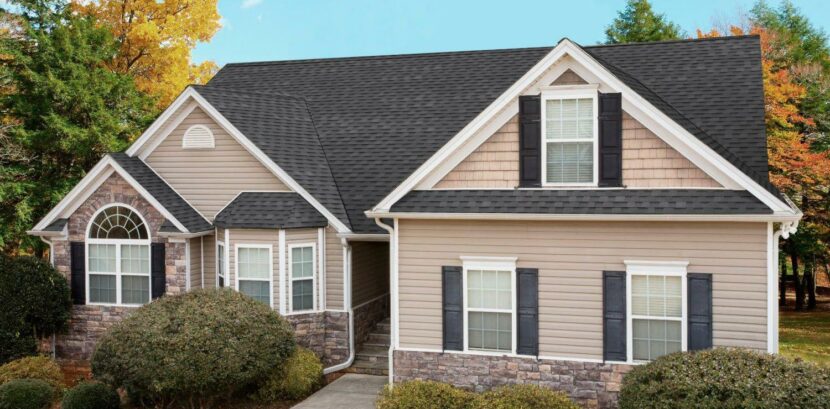10 Things to Look for When Inspecting Your Roof
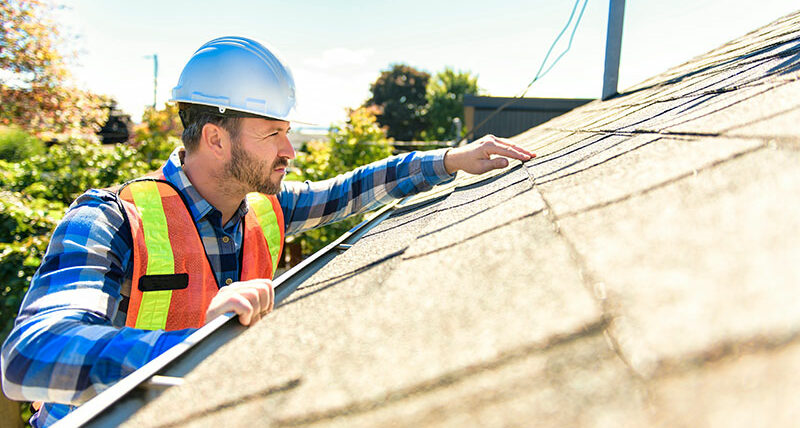
A failing roof opens up your underlayment, insulation, and ceiling to all the weather has to throw at it. Early identification can mean the difference between a simple patch up and a multi-layered catastrophe. If you suspect it’s time to replace those shingles, these are the signs to look out for.
Safety first
The first rule of roof inspection is do not walk on your roof. The fatality rate among roofers is 30 deaths per 100,000 workers—and they have the right safety equipment. That rate skyrockets among homeowners who lack the equipment and skill to walk safely on their roofs. Always inspect your shingles from the ground.
Get a Free Estimate Today
50% off installation. Special financing available. See details.
Your roof’s age
The average roof’s life expectancy ranges between 25 and 50 years. Wood shingles will give you three decades of service while clay tiles will provide five. Asphalt is at the bottom of the pile with a life expectancy of 10 to 12 years. That said, if you’ve built new roofing on top of old materials, your life expectancy is even lower. Your roof will need replacement when its oldest roofing layers have hit the 20-year mark.
Curling shingles
Curling shingles are an early sign that your roofing materials have weakened, and they’re more than just ugly. They expose your underlayment to Old Man Winter, leaving room for mold and leaks to penetrate.
The elements can find their way into your attic, causing widespread mildew. One raised shingle is your roof’s promise that more will follow. Ceiling damage and insulation loss could be just one storm away, so never ignore a scruffy looking roof.
Cupping
Cupping is another sign of worn-out shingles, but the culprit often comes from inside your home. If your roof looks wavy or has turned-up edges, a poorly ventilated attic has probably heated the underside of your shingles. HVAC heat is rarely the sole cause, though. Cupping will only occur if your roof is nearing the end of its lifespan.
Daylight seeping through your boards
If sunlight can find its way through your roof boards, so can moisture. Missing shingles are a sign that your sealant has begun to fail—a problem that will spread to the rest of your roof.
When moisture penetrates, toxic black mold and mildew proliferates. Water intrusion will turn to ice on chilly days, degrading your underlayment even more. To make matters worse, gaps will render your insulation ineffective. Skyrocketing utility bills are always swift to follow.
Granule loss
New roofs shed granules naturally, but if you spot them on an older roof, it means your shingles are becoming brittle. Those granules are an exterior coating that protects delicate shingles from sunlight, so shedding is just the start of a roof-wide domino effect. Both your asphalt and fiberglass mat will be exposed to the elements, so they’ll degrade faster than ever before.
Cracks
Once your shingles have shed their protective layer, UV light causes drying and brittleness. If you don’t see to the problem in good time, they’ll ultimately crack. This is a sure sign that your shingles are nearing their end of their lifespan.
Moss and mildew
Moss and mildew can only thrive in moist conditions, so they’re often a sign of roofing failure. Moss is the least destructive of the pair, but its roots penetrate between shingles, slowly tearing them apart as they swell.
Spores become airborne, spreading throughout your interior. That blackened shower grout in your bathroom might have intruded via your roof, and those spores are highly allergenic. They also exacerbate asthma, eczema, and other chronic conditions.
Rising electricity bills
Your roof insulation adds a maximum of 7.2 to your overall R value. According to Energy Star, it can reduce your utility bills by 15% and your HVAC bills by 19%. In short, rising utility bills could mean your roof is trying to tell you something.
Water spots
Water spots on your walls and ceilings could point to a gap between your roof and flashing. Rust is a common offender, but mechanical damage can have the same effect. While water marks can be caused by leaky windows, when they darken after it rains your roof is generally the culprit. Slow leaks are difficult to locate.
Water can sneak into your house laterally along your roof panels, so looking up won’t always show you the leak source. You’ll need the sly detective skills of a roofing contractor.
If you ignore an ailing roof, the weather will seep through your moisture barrier and into your soffits, racking up repair costs one storm at a time. An old rule of thumb states that you should replace an old roof if repairs cost more than 50% of the full replacement price. Repairs can often address extensive damage, but they’re rarely cost-effective if your roof is reaching the end of its lifespan.
Need help with a roofing project? Click here for a free estimate.

